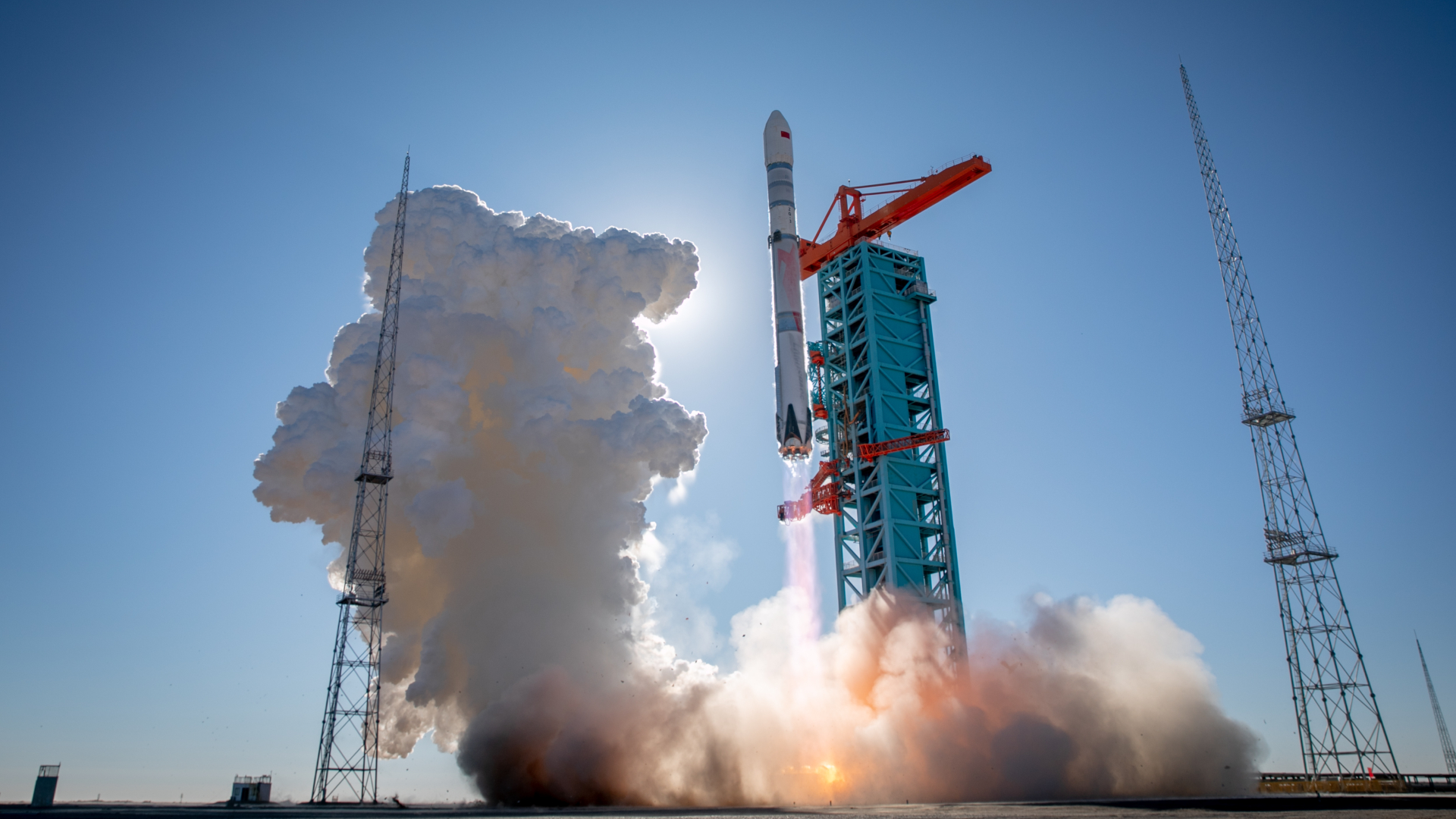Ask A Spaceman: The Science of Apollo | Video Show
Starring astrophysicist Paul Sutter!
It's been 50 years since astronauts first walked on the moon during NASA's historic Apollo 11 mission, yet the feat still resonates as one of the most pivotal milestones in human history. But how did Apollo work at all?
Astrophysicist Paul Sutter of "Ask a Spaceman" has the answers. In our "Science of Apollo" series, Sutter breaks down what we know about the moon, the physics behind the Apollo voyages to the moon and exactly how mighty the mighty Saturn V moon rocket actually was.
Check out the first four episodes here to celebrate the Apollo 11 moon landing. Two more episodes will follow next week!
Episode Guide
Episode 1: How Did the Moon Form?
Episode 2: NASA's Mighty Saturn V Rocket Explained
Episode 3: Getting to the Moon and Back!
Episode 4: Beware, the Vacuum of Space
Breaking space news, the latest updates on rocket launches, skywatching events and more!
Episode 5: The Spacesuits of Apollo
- Relive the Apollo 11 Moon Landing Mission in Real Time
- Apollo 11 Moon Landing Giveaway with Simulation Curriculum & Celestron!
- Apollo 11 at 50: A Complete Guide to the Historic Moon Landing
Email Tariq Malik at tmalik@space.com or follow him @tariqjmalik. Follow us @Spacedotcom and Facebook.

Tariq is the award-winning Editor-in-Chief of Space.com and joined the team in 2001. He covers human spaceflight, as well as skywatching and entertainment. He became Space.com's Editor-in-Chief in 2019. Before joining Space.com, Tariq was a staff reporter for The Los Angeles Times covering education and city beats in La Habra, Fullerton and Huntington Beach. He's a recipient of the 2022 Harry Kolcum Award for excellence in space reporting and the 2025 Space Pioneer Award from the National Space Society. He is an Eagle Scout and Space Camp alum with journalism degrees from the USC and NYU. You can find Tariq at Space.com and as the co-host to the This Week In Space podcast on the TWiT network. To see his latest project, you can follow Tariq on Twitter @tariqjmalik.
